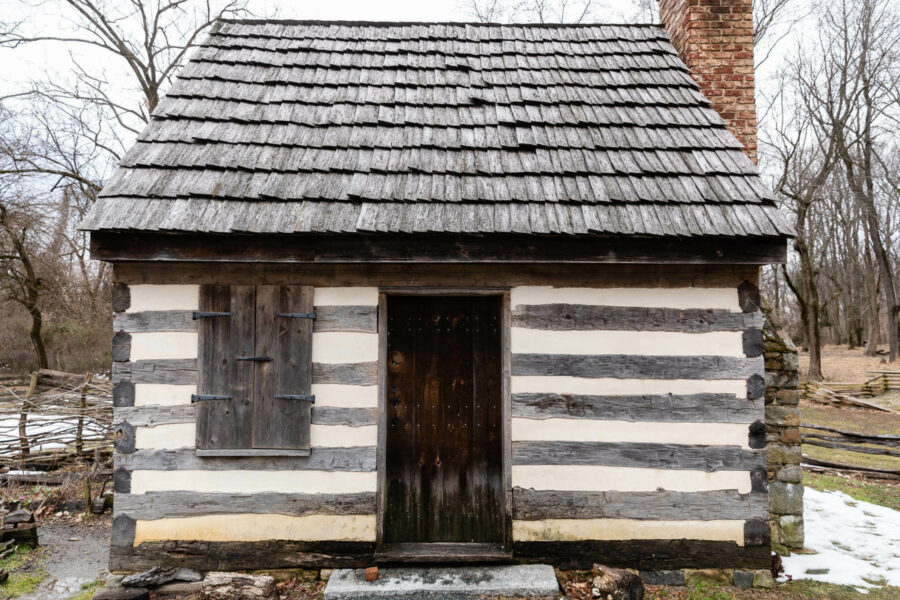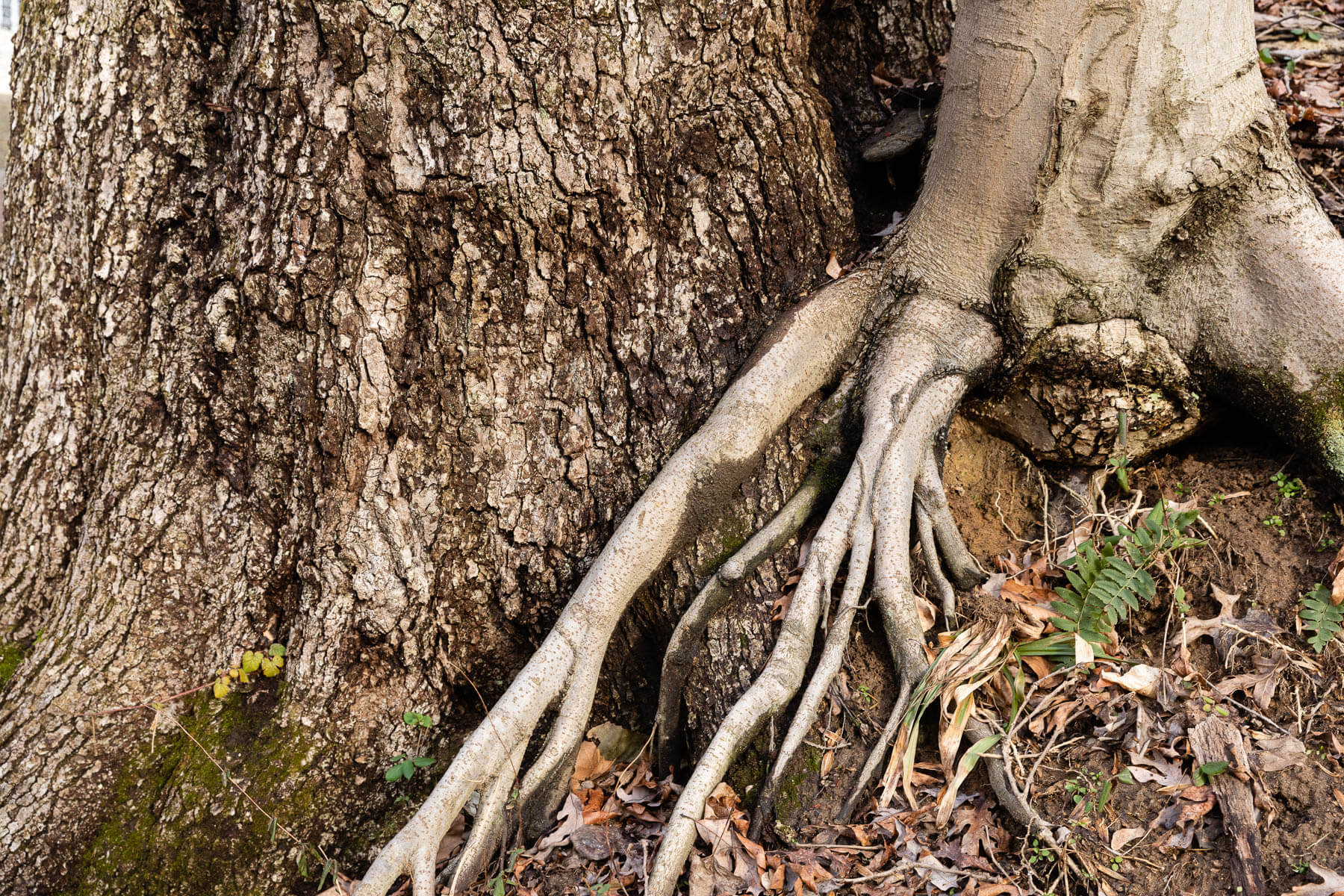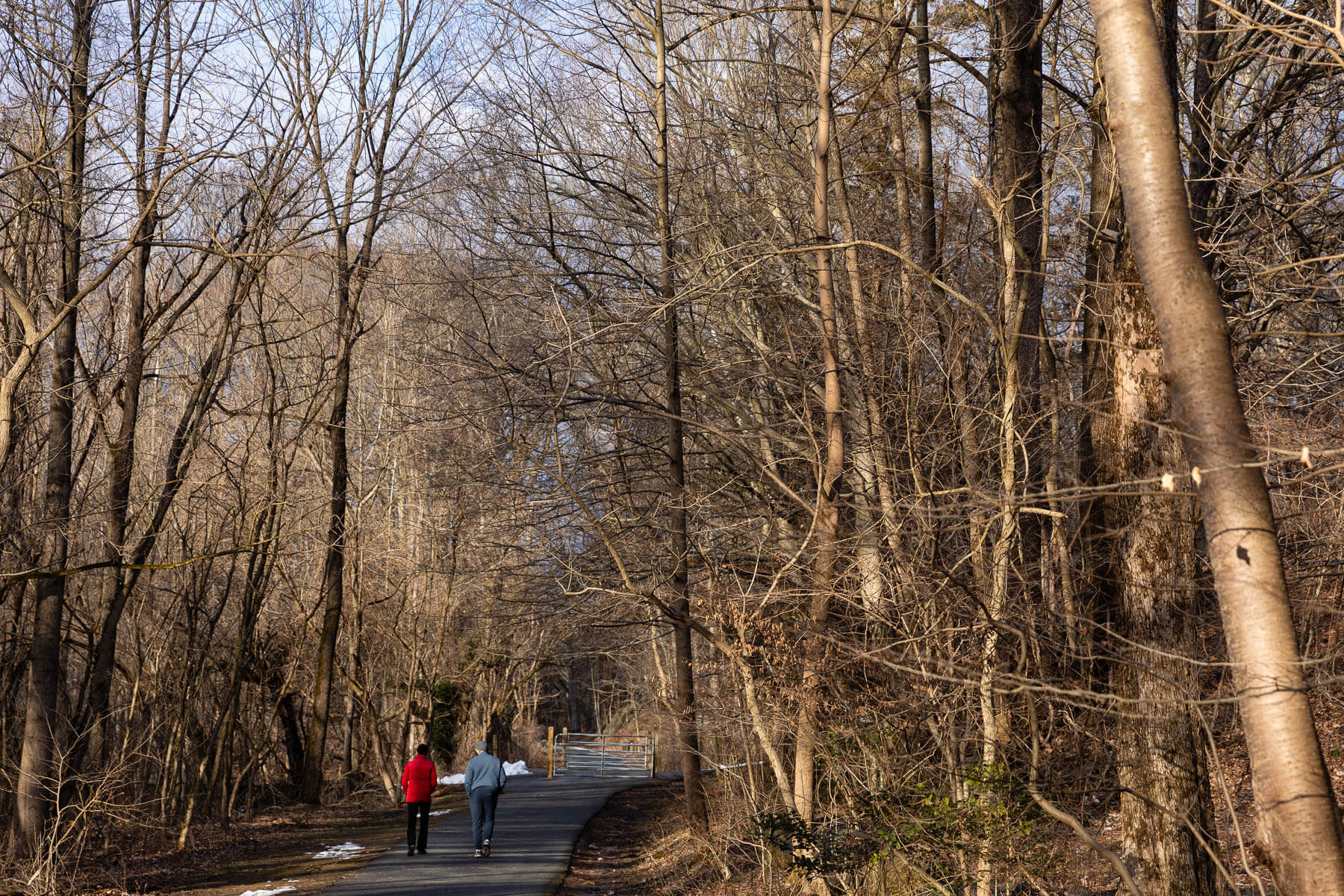Where a man of science predicted eclipses, raised crops and argued against slavery

A swath of land once owned by Benjamin Banneker looks very different than it did in the late 1700s, when the self-taught polymath grew fields of tobacco and made scientific observations on 100 acres near the Patapsco River in Baltimore County, Maryland. Banneker’s former homestead returned to forest long ago, and has been spared from encroaching residential development by the formation of a park dedicated to his memory. Today, the Benjamin Banneker Historical Park and Museum connects visitors with some of the same natural phenomena that inspired the man who is considered the first African-American man of science.
Born a free person in 1731—a century before the term “scientist” was coined—Banneker studied mathematics and astronomy, farmed, kept bees and an orchard, and became a best-selling writer of almanacs at a time when the only other book many households owned was a Bible. He even helped guide the formation of the District of Columbia—serving on the survey team that plotted the city’s boundary.

The exact location of Banneker’s homestead had long been forgotten, but was rediscovered by archeologists in the 1980s.
“They discovered two cabin sites that were Banneker’s and Banneker’s family’s,” said Melanie Dance, the park’s naturalist and director. “There were some items that were pulled from that dig and we currently have in the museum.”
Soon after it was identified, the county began purchasing and preserving the land as a park, which today holds 142 acres and six miles of trails that connect to the Patapsco Heritage Greenway. Along with the museum, the park maintains historic gardens and an orchard that was re-established to resemble the one Banneker kept. Once again, honeybees are thriving on the property, and the park has added a pollinator meadow to also support native bees and other insects.

“We've tried to make that connection between some of the issues that our pollinators are facing and the fact that Banneker saw the need [to support bees],” Dance said. Banneker needed bees “more than the average individual, because he was up so late at night, so he would have needed all the wax for candles.”
Elsewhere at the park, a reconstructed one-story log cabin is the same size—14 feet by 16 feet—as the one Banneker lived in. From his cabin, Banneker made his calculations and corresponded with the likes of future President Thomas Jefferson, who he implored to change his views on slavery. An avid writer, Banneker kept many journals, though only one survived a fire that destroyed his cabin on the day of his funeral.
The surviving journal describes his observations of cicadas’ 17-year cycle, which Banneker first observed on his farm when he was a teenager. He correctly predicted the cyclical insect’s emergence in 1800.

In fact, 2021 is a big year for cicadas, so if you visit the park in late May or early June you might encounter them as Banneker would have.
You might also see white-tailed deer passing through, and in early spring, wood frogs will fill a pond behind the cabin with their clucking chorus. An effort to attract bluebirds to nesting boxes has been successful. And coyotes—a new species to the park—are being observed by visitors more frequently this year.
“Probably because there’s more people checking out our trails,” Dance said.
Indeed, with more people heading outdoors, the park serves as a chance to connect to nature and American history, and to see how Banneker’s story is intertwined with both.

Comments
There are no comments.
Thank you!
Your comment has been received. Before it can be published, the comment will be reviewed by our team to ensure it adheres with our rules of engagement.
Back to recent stories